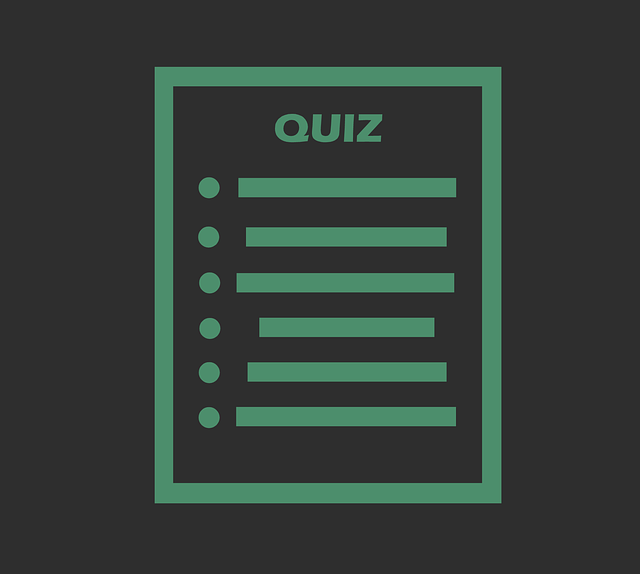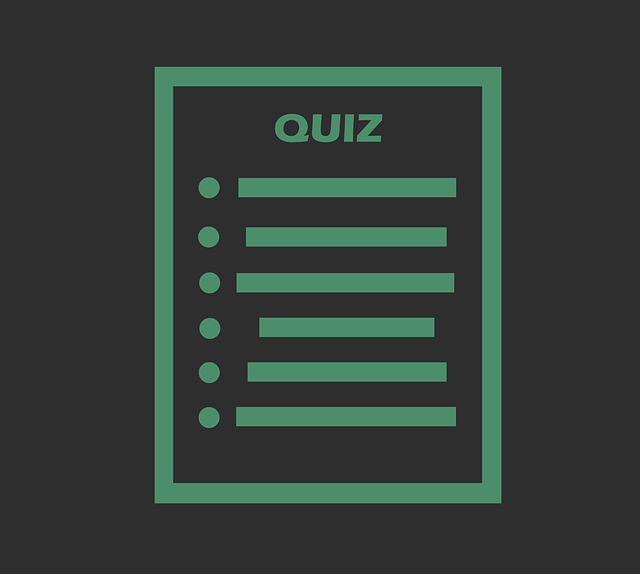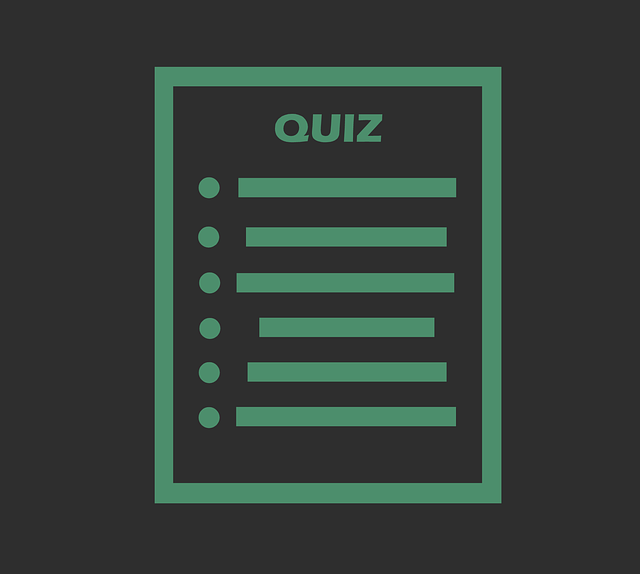In this blog you will find the correct answer of the Coursera quiz The Modern World Part Two Global History since 1910 week 2 mixsaver always try to brings best blogs and best coupon codes
Week- 2
Week Nine Quiz
1.
Question 1
According to the presentation, which of the following were best prepared to facilitate the rise of “total states” during World War I?
1 point
- National conservatives
- Liberals
- National traditionalists
- Democratic socialists
- Revolutionary socialists
2.
Question 2
According to the presentation, the entry of the United States into the war in the spring of 1917 effectively made an Allied victory inevitable by early 1918.
1 point
- False
- True
3.
Question 3
According to the presentation, German grand strategy was predominantly in the hands of which man in early 1918?
1 point
- Chancellor Theobald von Bethmann-Hollweg
- Chancellor Georg von Hertling
- Kaiser Wilhelm II
- General Erich von Ludendorff
- General Paul von Hindenburg
4.
Question 4
According to the presentation, which of the following was a factor in the tipping of the balance in favor of the Allied Powers by the summer of 1918? Choose all that apply.
1 point
- By the summer of 1918, American forces had moved into significant combat action in Europe.
- The Allies made a number of scientific advances, in areas such as poison gas and airpower, that bolstered their war effort and allowed them to begin to overtake the German forces.
- The Allies were able to leverage considerably more material resources due to their control of the seas and the failure of the German U-boat offensives.
- Germany undermined its stable tactical position through a series of ruinous offensives in the spring of 1918 that left the German forces spent, both physically and emotionally.
- Allied political leadership proved to be more resilient and adaptive than that of the Central Powers.
5.
Question 5
Which of the following empires came to an end between 1910 and 1920? Choose all that apply.
1 point
- The British Empire
- The Qing Empire
- The French Empire
- The Ottoman Empire
- The German Empire
6.
Question 6
In the aftermath of World War I, Woodrow Wilson succeeded in convincing the victorious powers to concentrate on acknowledging the self-determination of nations and building lasting international institutions, instead of on balance of power politics and score settling against the losers.
1 point
- False
- True
7.
Question 7
In 1921-22, the signatories to the “Washington system” treaties decided which of the following in regard to China?
1 point
- Manchuria was made a formal Japanese mandate, while the remainder of China was left under the rule of the Chinese.
- Central China remained under Chinese rule, but the entire Chinese coastline was carved up between the nine powers.
- The nine powers agreed to respect the territorial integrity of China, including a Japanese withdrawal from parts of mainland China.
- All of China was carved up between the nine powers, with France and Great Britain controlling the most resource rich Chinese territory.
- The Chinese navy was pegged at a ratio of 5:5:3 with those of Great Britain and the United States.
8.
Question 8
Which of the following best describes the situation in the Russian Empire at the start of 1917?
1 point
- The tsar and nobles were aligned, but an equally strong parliament dominated by democratic socialists served as a check on the power of the ruling elite.
- The tsar was the figurehead of the country, with the real political power residing in the Russian parliament, which was dominated by democratic socialists.
- The tsar ruled in conjunction with a relatively strong parliament, which consisted of a coalition of liberals and democratic socialists.
- The tsar was merely a figurehead, with the real power residing with the landed nobles who comprised the parliament.
- The tsar and nobles were aligned, while the parliament was so powerless that few outlets for opposition existed short of revolutionary action.
9.
Question 9
According to the presentation, the provisional government implemented in Russia after the abdication of Tsar Nicholas II was dominated by which of the following?
1 point
- Bolsheviks
- National conservatives
- Democratic socialists
- Liberals
- Tsarists
10.
Question 10
According to the presentation, one of the major differences between democratic socialists and Bolsheviks in Russia in 1917 was the fact that the democratic socialists wanted to redistribute private property to poor peasants, while the Bolsheviks wanted to abolish private property and put land under centralized state control.
1 point
- False
- True
11.
Question 11
According to the presentation, while anti-communist movements developed in the years after World War I, anti-communism would not become a powerful political force for another 30 years, in the aftermath of a second catastrophic war.
1 point
- False
- True
12.
Question 12
According to the presentation, fascism is a combination of which of the following ideologies? Choose all that apply.
1 point
- National tradition
- Liberalism
- National conservatism
- Democratic socialism
- Revolutionary socialism
13.
Question 13
According to the presentation, faith in _____________ suffered a serious blow in the aftermath of World War I. Choose all that apply.
1 point
- Missionary zeal
- Rationality
- Progress
- Nationalism
- The State
14.
Question 14
According to Benito Mussolini, fascism is which of the following? Choose all that apply.
1 point
- Individualistic
- Action-oriented
- Totalitarian
- Reactionary
- Anti-Liberal
15.
Question 15
According to the presentation, most women’s rights activists in the late 1800s and early 1900s were agitating less about equal political rights for women and more for the overthrow of women’s traditional social roles.
1 point
- True
- False
16.
Question 16
According to the presentation, modern feminism, with its emphasis on emancipation and broader social roles for women, had its early roots in which period?
1 point
- Post-World War II
- The 1910s and early 1920s
- The early years of the 20th century
- The 1930s and 1940s
- The late 19th century
17.
Question 17
In the presentation, cities such as Shanghai, Tokyo, and Saigon are referred to as “transmission belts.” Which of the following best defines this term, as used in the presentation?
1 point
- In these cities, Westerners were exposed to Eastern styles, which they then transplanted back home, resulting in new Asian influences in the popular styles of Western cities.
- These cities were implicated in the transmission of a deadly strain of influenza in 1918 that grew into a worldwide pandemic that killed tens of millions.
- These cities were hubs for the importation of Western ideas about equal political rights for women, which were then imitated in local laws.
- These cities were hubs for the importation of Western fashions, conveniences, and cosmetics, with unique fusions of Eastern and Western styles and growing numbers of “modern women.”
18.
Question 18
According to the presentation, the unsatisfactory conclusion of World War I and the unequal terms of the postwar treaty settlements made it inevitable that renewed European war would erupt again within one or two decades.
1 point
- False
- True
19.
Question 19
According to the presentation, which of the following was a component of the global financial framework of the 1920s? Choose all that apply.
1 point
- A renewed international commitment to the gold standard.
- Primary reliance on loans from British firms to rebuild the global financial system.
- American seizure of German territory and industry as payment on defaulted war reparations.
- Primary reliance on loans from American firms to rebuild the global financial system.
- The implementation of a floating exchange rate system as a replacement for the pre-war gold standard.
20.
Question 20
Atatürk, the leader of Turkey in the 1920s and 1930s, is best described by which of the following?
1 point
- He was devoted to the revival of Ottoman rule in Anatolia.
- He was a devout Muslim and sought to fashion Turkey into a modern Islamic state.
- He hoped to model Turkey on the example of the Soviet Union, creating a communist foothold in Southwest Asia.
- He was aggressively secular and nationalist, attempting to modernize Turkey through a series of Western-style reforms.
Important Links:
- The Modern World Part Two : Global History since 1910 Coursera Week 1 Quiz
- The Modern World Part Two : Global History since 1910 Coursera Week 3 Quiz
- The Modern World Part Two : Global History since 1910 Coursera Week 4 Quiz
- The Modern World Part Two : Global History since 1910 Coursera Week 5 Quiz
- The Modern World Part Two : Global History since 1910 Coursera Week 6 Quiz
- The Modern World Part Two : Global History since 1910 Coursera Week 7 Quiz





